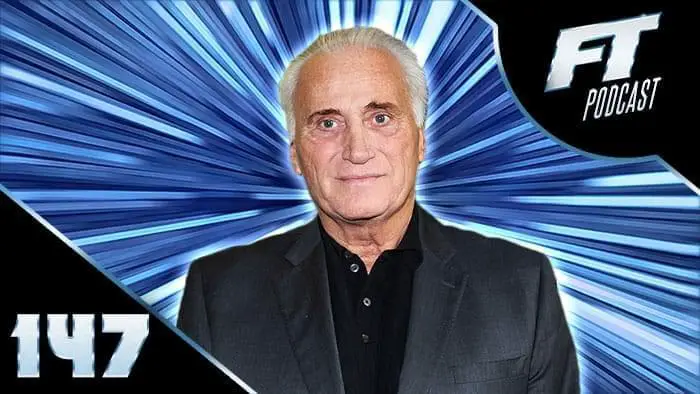
Hey filmmakers! Welcome to Going Bionic, #207. As promised, today is our MIPTV 2014 wrap up. Last week I reported from day one at MIPTV in Cannes, France. The crowds were as plentiful as the beaming sunshine over the Mediterranean Sea, and buyers were in a damn good mood. That’s how the week started. But like most great flash-in-the-pan romances, the love affair between buyers and the content they were there to buy, turned into a messy divorce by midweek.
MIPTV offered signs of a promising future for filmed content, but the overall consensus from most sellers there was offers from buyers were still in the basement of a high-rise building. Okay, that may be a bit exaggerated – but not by much. Now let’s go over a few reasons why MIPTV 2014 charged out of the gate, and then stumbled its way to the finish line.
Big Titles Thrived, While Small Titles Died
One glaring trend that emerged was highly budgeted and or highly branded titles were selling like crazy, while independent titles were barely selling at all. I personally experienced this vast difference at MIPTV last week. Buyers were all ears when I met with them about licensing videogames based on their globally recognized titles. However, when we met about my indie titles, they simply cared not to hear about them. Sadly, the discrepancy between the “haves” and the “have-nots,” was about as vast as the difference between the budgets of he projects made by the “haves,” and “have-nots.”
The Filler Market Eased the Pain for Some Sellers
By way of explanation, the “filler market” occurs when buyers pick-up smaller titles to “fill” random slots in there broadcast schedule. Typically, these projects never see the light of prime time. Instead, they find time slots in the middle of the night. Filler titles tend to be sold when tied to a much more substantial title; (i.e. sellers tell buyers they must buy a filler or two, in exchange for getting access to a title they want). While “filler” titles have traditionally had a negative connotation, they should be, because a sale is a sale, no matter how you get it.
Revenue Sharing Deals are Becoming “Normal.”
In a healthier financial climate, most sellers would not entertain a “rev share” deal with a distributor. Paying upfront for content is what distributors do; it’s what they’ve always done; and it is what makes the world go around. But, these days, conventional wisdom has no wisdom. Buyers are saddled with less money to pick-up titles they want, so many buyers are pushing a “rev share” model, where the buyer acquires content for no upfront fee, in exchange for given the producer(s) of that content a greater slice of the revenue. Of course, if the product fails to draw interest from advertisers, or the audience it’s targeted to, then there is no payout for the producer(s), and the film would have essentially been given away for free. There is, however, and upside to even that scenario; if your film is destined to be something that doesn’t turn a profit, then at least a revenue sharing deal gives it the perception of being good enough to be distributed.
Okay, friends. That’s what I have for you today. I thank you for lending me your eyes, and I look forward to borrowing them again next Tuesday. Until then, I wish you a productive week!
I can be followed on Twitter @Lonelyseal.

